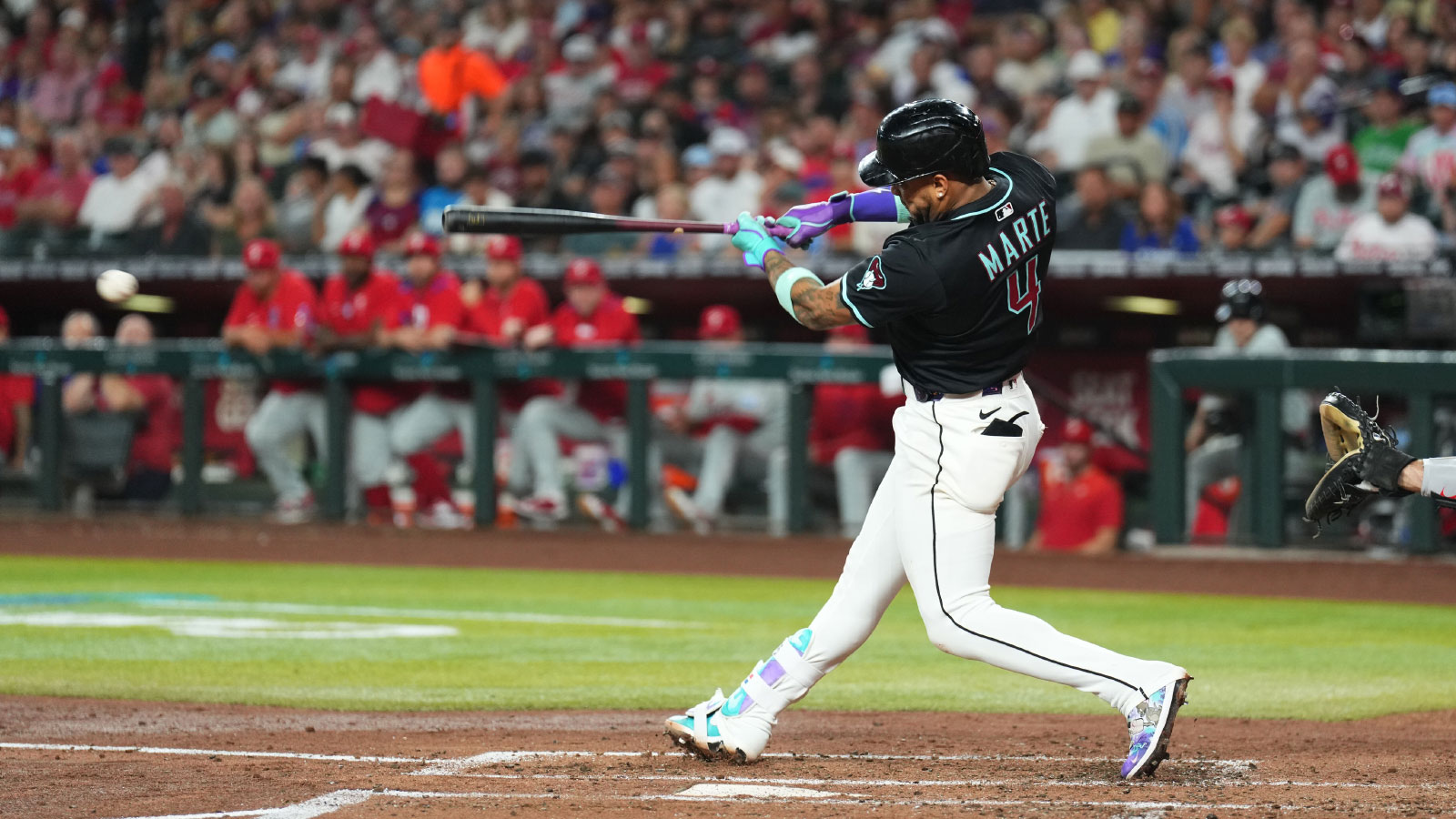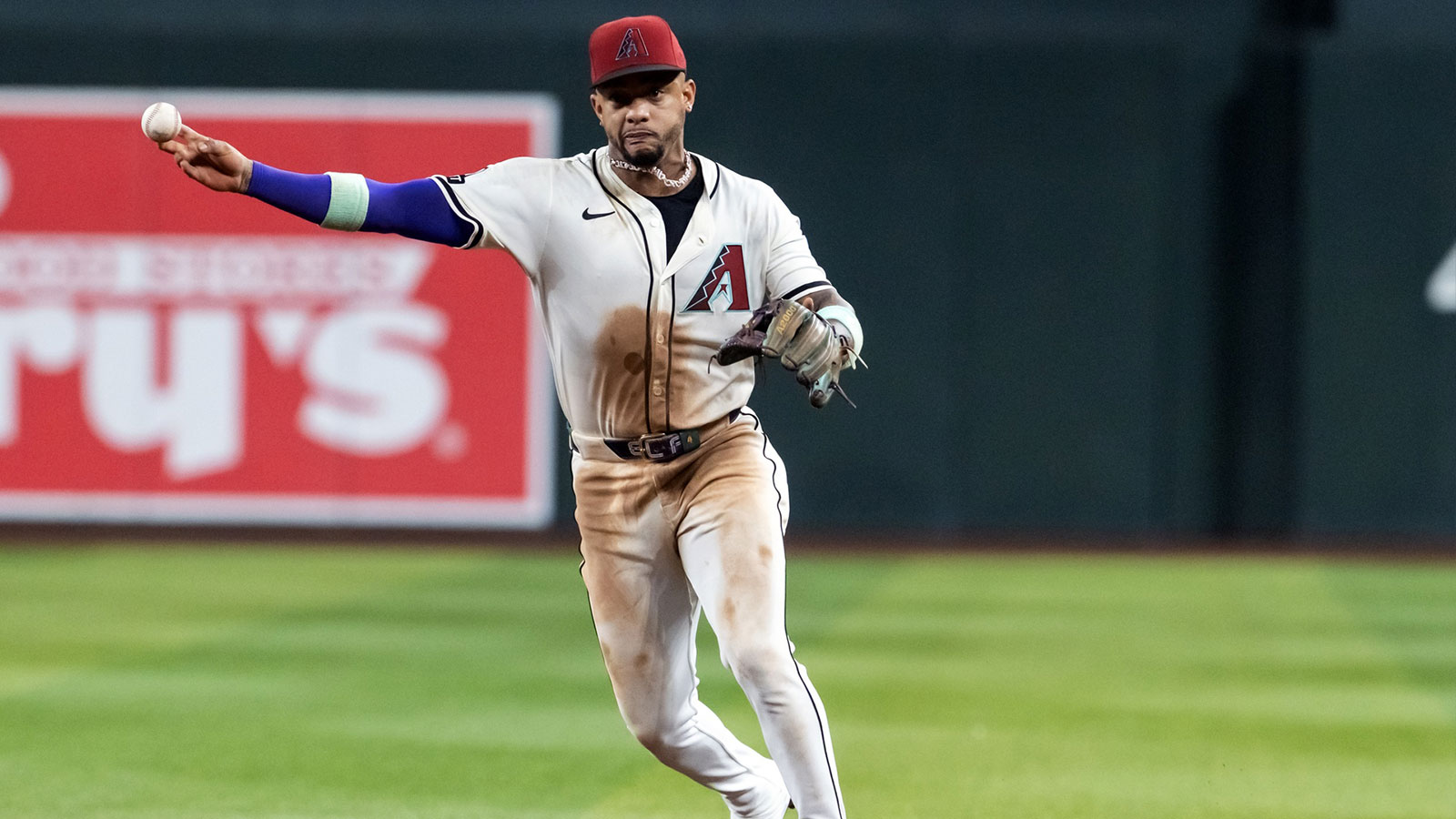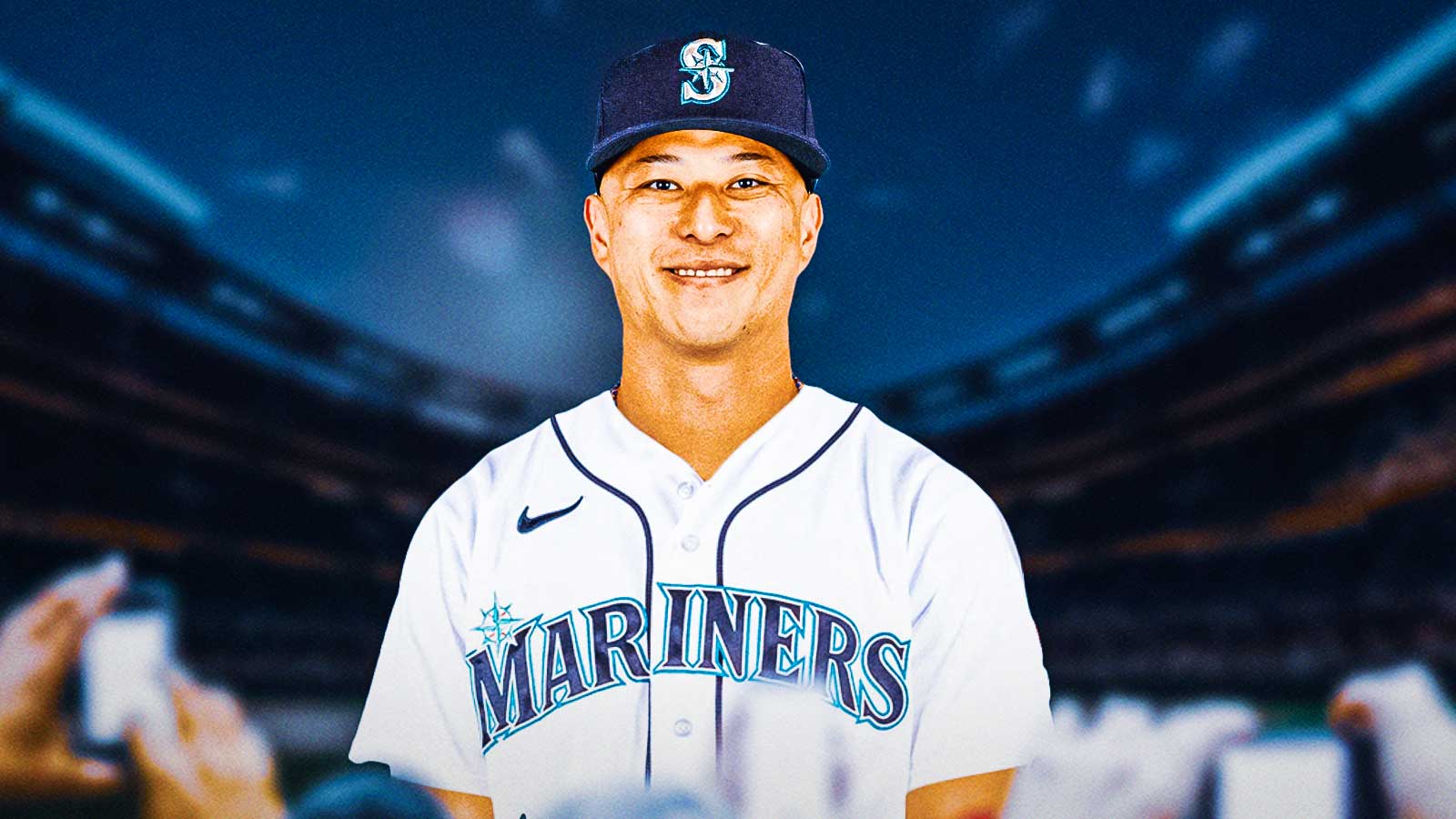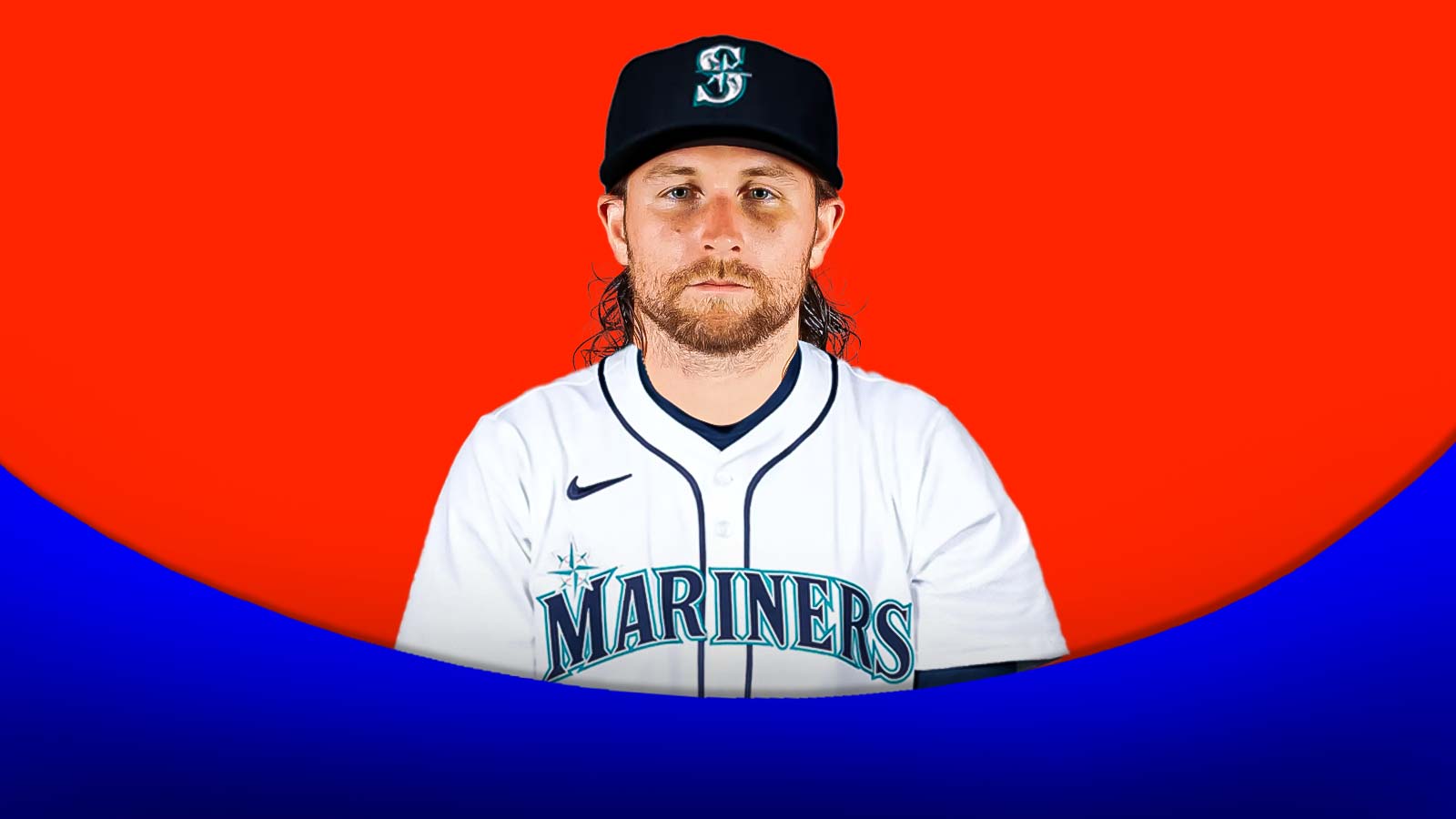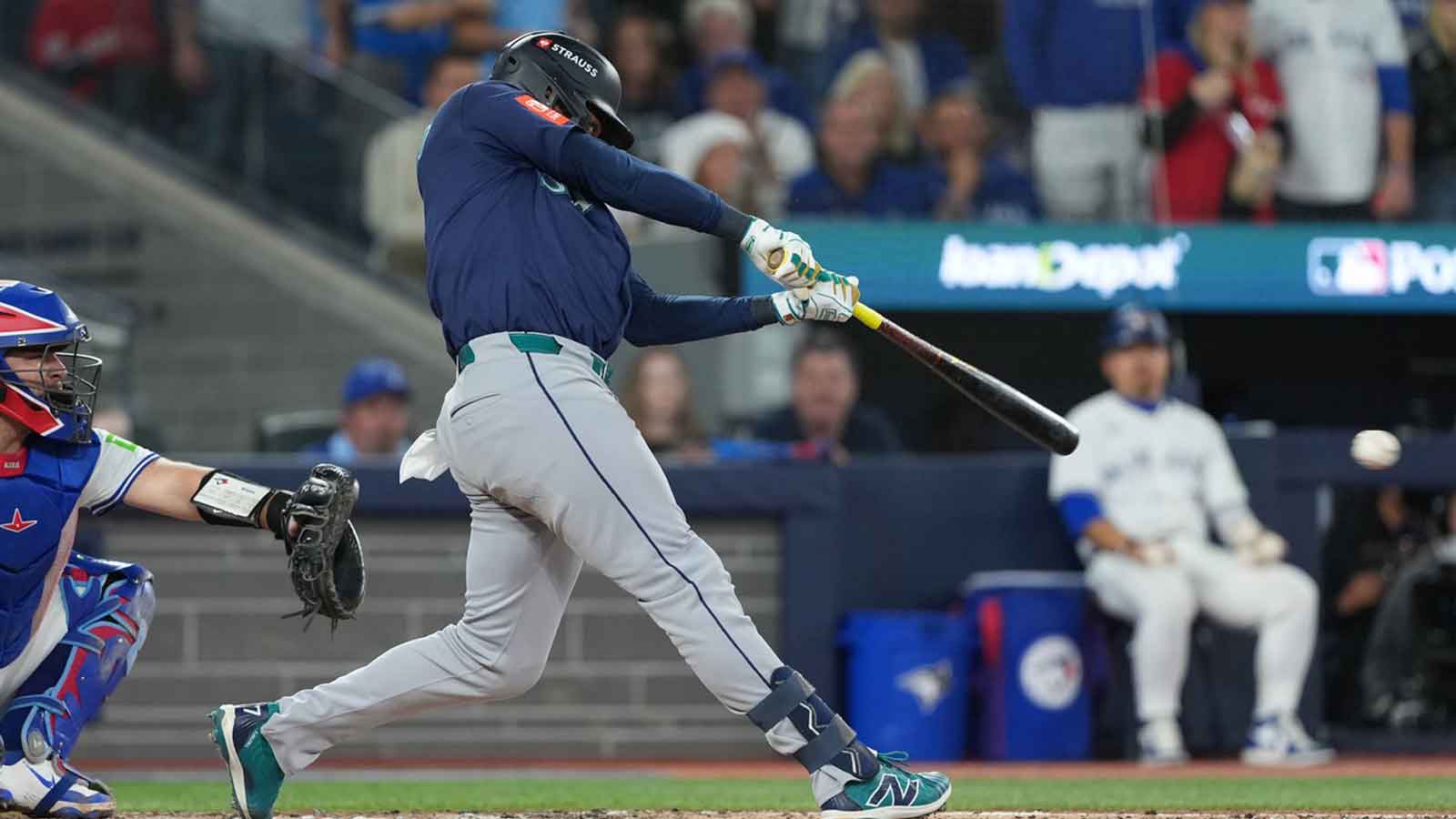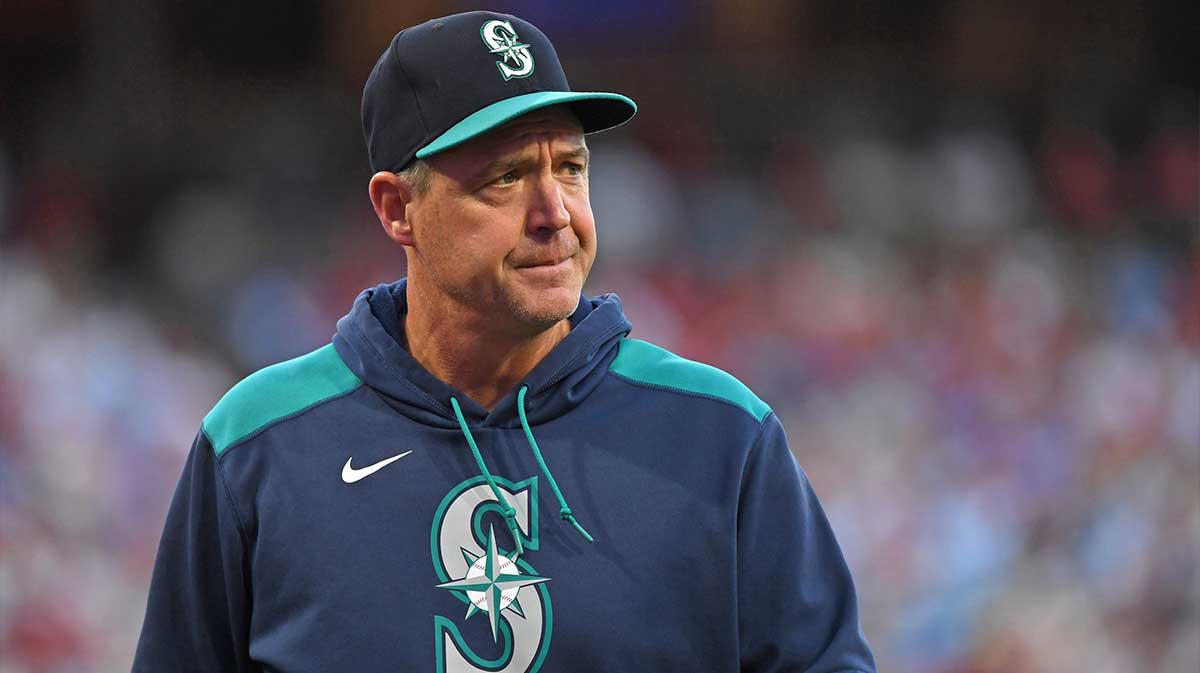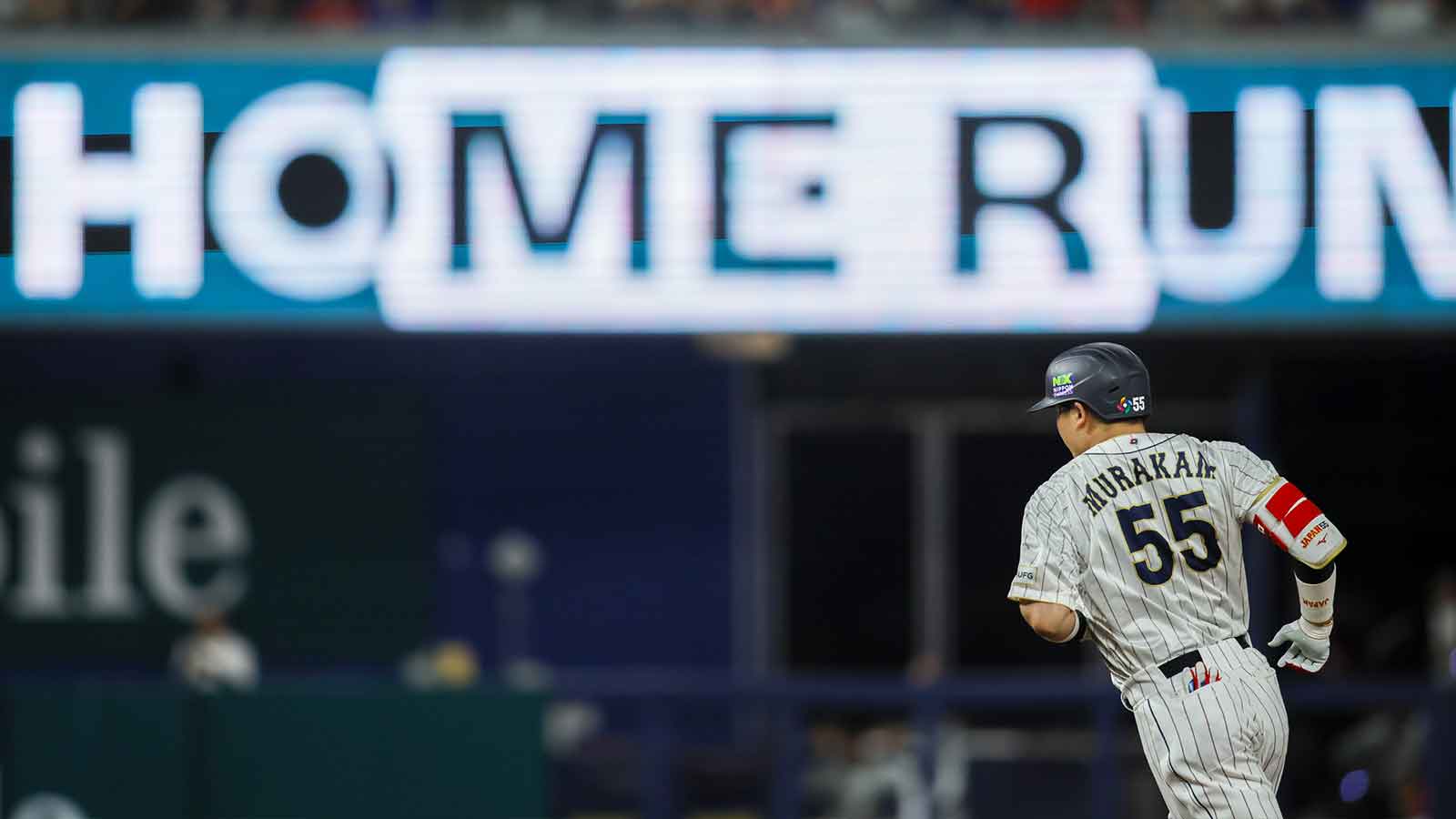If the season ended today, the Seattle Mariners would win the AL West and make their second postseason in three years. Of course, the season doesn’t end today and the Mariners have 73 more games to play. That’s a long time to stay afloat on the strength of an excellent starting rotation with a dearth of offensive production slowly dragging the team down.
For the Mariners to have any hope of holding on to their division lead – or even grabbing a Wild Card berth – the team needs to buy at the MLB trade deadline and bolster their anemic offense.
This fact is not lost on Seattle’s brass as MLB insider Jon Morosi noted that the Mariners have already reached out to teams, making it known they’re looking to acquire an “everyday bat and bullpen help.” While they could certainly use an extra bullpen arm, offense needs to be the priority.
Seattle ranks last or near last in just about every offensive category. Despite a rotation that includes standout starters Logan Gilbert, George Kirby and Luis Castillo, the team just hasn’t gotten enough out of its foundational offensive pieces this year.
Yet, for most of the season, the Mariners have been atop the AL West, taking advantage of an unexpected sluggish start by their divisional foes the Houston Astros. Seattle is currently seven games above .500 and remains, for the moment, in first place in the division thanks to elite pitching and defense.
However, the lack of production at the plate is starting to take a toll as the Mariners have lost 10 of their last 14 games. And the team got cold at exactly the wrong time as the Astros have caught fire, winning 12 of their last 14 games. Houston’s hot streak got the team over .500 and they’re now just two games behind the Mariners.
While Seattle has done a good job of keeping runs off the board this season, they’ve been very bad at scoring runs, which, as it turns out, is important. The Mariners’ run differential so far this year is just +5, which is by far the lowest of any division leader in baseball. The second worst run differential by a division leader is the Milwaukee Brewers’ +78.
That’s pretty weak compared to the other division leading teams, all of which post a differential of +97 or higher. But the Brewers blow the Mariners out of the water, leading them in run differential by +73. On the season, the Brewers have scored 79 more runs than the Mariners. The Astros have a differential of +43, which is 38 runs better than Seattle. And while Houston’s pitching hasn’t been as good, the Astros have scored 71 more runs than the Mariners. It’s crystal clear, if Seattle has any chance of staving off Houston’s surge, they need to score more runs. The only question is how they’re going to do it.
In less than two weeks Seattle has seen the double digit lead it built up in the division dwindle down to just two games. And the Astros are not going away. The Mariners need to take advantage of an excellent rotation and give up some prospects in return for offensive production.
Seattle has the ammo to land the “everyday bat” they’re looking for with five of MLB.com’s top 100 ranked prospects. That’s unquestionably a nice group of players but it’s not an embarrassment of riches that will allow the Mariners to add multiple high-level players at the trade deadline. The team should be aggressive but judicious, addressing a serious concern without drying out the pipeline.
With needs at first base and in the outfield there are several directions Seattle could go. Vladimir Guerrero Jr. would look awfully good manning first base for the Mariners and hitting behind two-time All-Star center fielder Julio Rodriguez. But, if the Toronto Blue Jays decide to move Vlad it would likely take a king’s ransom to land him.
The Chicago White Sox’s Luis Robert Jr. is one of the most coveted players likely to be available at the deadline as the team enters full fire sale mode. But the Mariners already have a young star in that spot after signing Rodriguez to a seven-year deal.
The Tampa Bay Rays’ left fielder Randy Arozarena will also be an attractive option for many teams in need of corner outfield help at the deadline. The 29-year-old former All-Star is making just $8.1 million this season and is under team control until 2027.
The Mariners need to buy at the deadline to spark their struggling offense
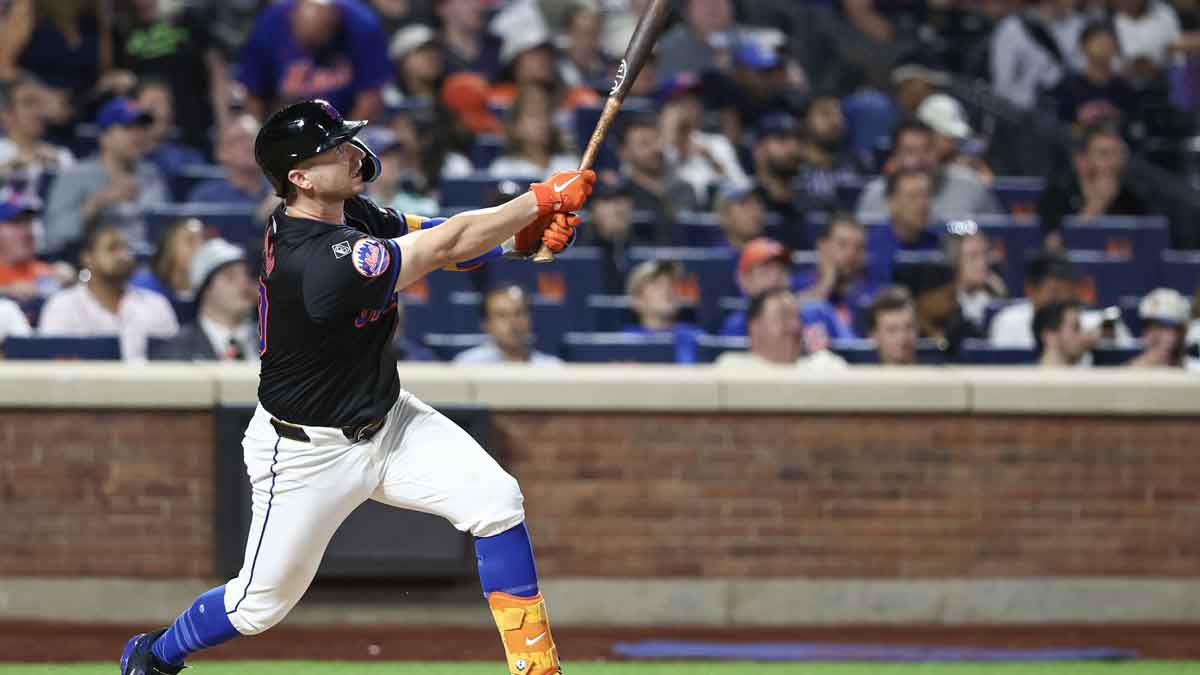
New York Mets' slugger Pete Alonso could provide the run-producing power the team so badly needs. However, he’s making a hefty $20.5 million this season and becomes a free agent next year, meaning Alonso would be an expensive second-half rental. And that’s assuming the Mets are willing to move him as the team finds itself in the thick of the NL Wild Card race.
The Mariners are currently the betting favorites to trade for Paul Goldschmidt at the deadline. The seven-time All-Star first baseman is just two years removed from winning the MVP, hitting 35 home runs, knocking in 115 RBI, and scoring 106 runs. That’s the type of production Seattle dreams of for a second-half push. And Goldschmidt could be had without emptying the cupboards.
However, there’s no guarantee that the 36-year-old veteran would snap out of his 2024 funk and deliver anywhere near those numbers. On top of that, Goldschmidt presents a situation similar to Alonso’s. He’s making $26 million this season and becomes a free agent next year.
Arizona Diamondbacks first baseman Christian Walker would be a nice get for the Mariners. The two-time Gold Glove winner already has 20 home runs this season to go along with 59 RBI, 53 runs scored and a .506 slugging percentage.
Like the other first base options Walker, 33, would be a second-half rental. But he’d be a more reasonably priced rental with a $10.9 million salary in 2024. While the Diamondbacks are out of contention in the NL West, falling 10.5 games behind the division-leading Los Angeles Dodgers, they are still in what’s turning out to be a wide-open National League Wild Card race. Arizona is just three games out of a playoff berth at the moment, making it unclear if the team will move Walker.
Should the Cardinals, Diamondbacks, or Mets hit a losing streak before July 30 they may become more intent on moving players on expiring deals. That would benefit the Mariners who need to come away from the trade deadline with a productive bat at first base or in the outfield to give their struggling offense a boost and ease the burden on their starting rotation.
The Mariners have done well to field a competitive team this year. The organization ranks 17th in payroll at just under $142 million, far below the Astros’ $251 million payroll, which is third highest in MLB. And, unlike the Astros, who’ve been to the postseason every year since 2017, the Mariners broke a 21-year playoff drought in 2022, reaching the ALDS (where they were swept 3-0 by Houston). That lack of postseason success makes fighting for a playoff spot that's in reach all the more important.
But with the imminent return of Astros right fielder Kyle Tucker, who’s been out a month with a shin ailment, Houston appears poised to keep the heat on the Mariners in the second half. Prior to his injury the two-time All-Star was raking, crushing 19 home runs in just 60 games and posting a .979 OPS to go along with a OPS+ 175.
Houston will also get veteran ace Justin Verlander back from a neck issue that’s held him out of action since early June. These additions will make the Astros all the more formidable as they look to extend their streak to eight straight postseason appearances.
The Mariners should be aggressive buyers at the trade deadline while keeping an eye on the future, careful not to overpay for production that only looks good on paper.








